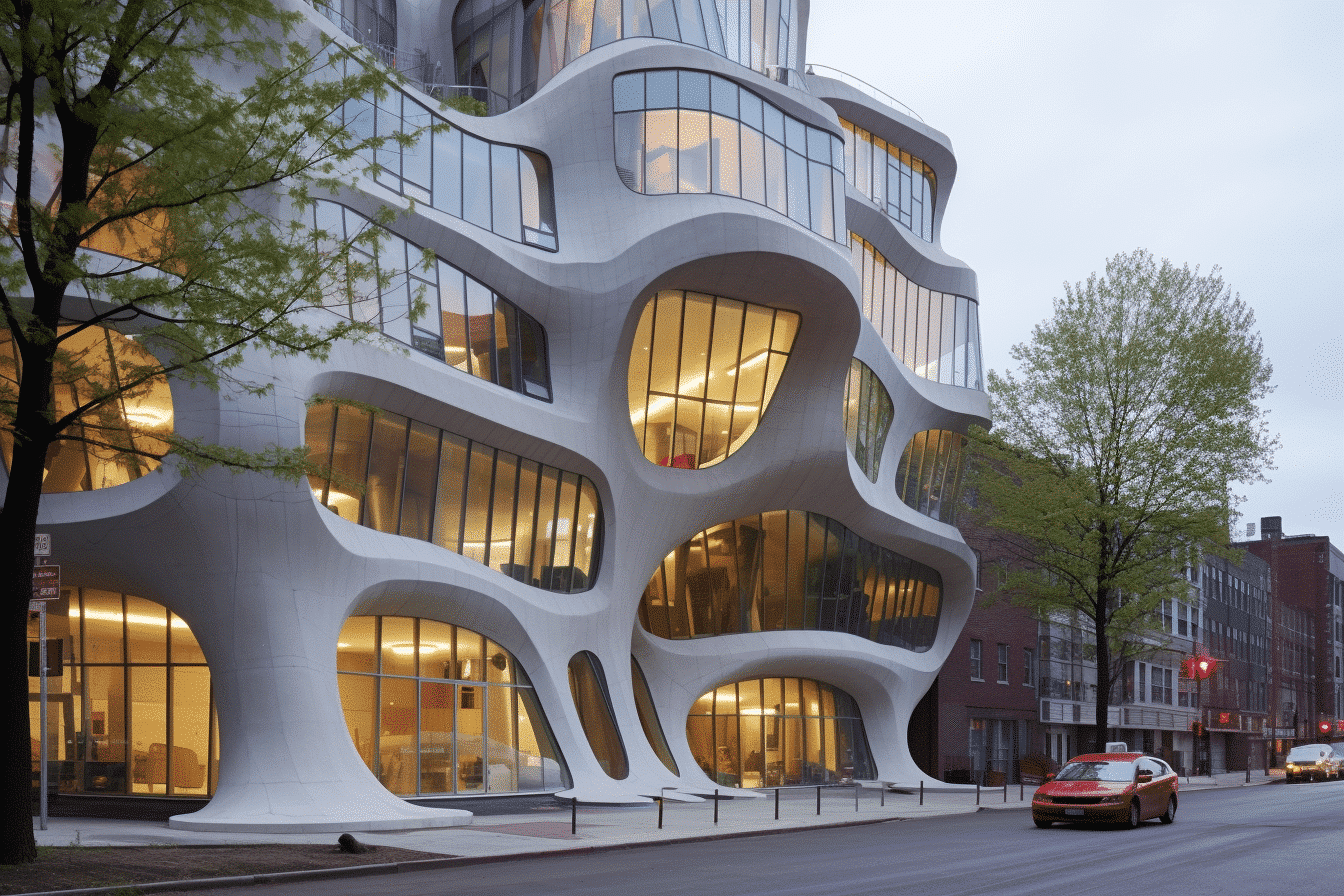The American Museum of Natural History (AMNH) in New York City has launched an imposing, transformative new wing known as the Richard Gilder Center for Science, Education and Innovation after nearly a decade of planning and construction. This grandiose expansion, costing $465 million and covering 230,000 square feet, is located on the Columbus Avenue side of the museum, away from the more contentious eastern entryway fronting Central Park.
The Gilder Center, as it is referred to, officially opened its doors to the public this month. It introduces a striking new entrance and common area to the extensive AMNH campus. It effectively addresses the complex maze of wings and corridors by linking to half of the museum’s 20 buildings in 33 distinct locations. This innovative project follows recent renovations of the museum’s Halls of Gems and Minerals and its Northwest Coast Hall.
The new center hosts diverse exhibition spaces focusing on insects, a restaurant, visible storage, a library, classrooms, laboratories, and more. Among its key attractions is a butterfly vivarium where visitors can stroll among hundreds of living specimens in a verdant tropical environment. It also boasts “Invisible Worlds,” a captivating and interactive video display showcasing microscopic natural phenomena like the firing of brain neurons, nutrient and water exchange in tree roots, and the crucial role of plankton in oceanic ecosystems.
Ellen Futter, the museum’s long-term leader who transitioned to president emerita earlier this year, spoke of the Gilder Center’s significant role during an era of escalating politicization of science. She noted at a press conference, “This building is an antidote to misinformation and science denial.” She expressed that the urgent need for this educational establishment was only magnified by the challenges of the pandemic and the rise of a ‘post-truth’ era.
The center aims to invoke awe and fascination with the natural world in a way that older museum displays and traditional spaces might struggle to achieve. The Gilder Center, designed by Chicago-based architectural firm Studio Gang (also responsible for a recent extension of the Arkansas Museum of Fine Arts), exudes a sleek, understated exterior – likely a nod to earlier opposition from preservationists when the project was announced in 2014.
Jeanne Gang, founder and principal of Studio Gang, spoke about the design philosophy during the press event. She said, “We wanted the building to offer and open up an invitation, to bring new levels of visibility into the museum and be as visible and accessible as possible.” She described the Gilder Center as an inwardly focused building, inviting visitors inside rather than projecting outward.
Upon entering the five-story atrium, visitors are greeted with stunning skylights, sleekly curved concrete surfaces, and the sensation of being transported to river-carved canyons or a tropical coral reef. The space, marked by sweeping forms and dramatically suspended walkways, is an exceptional addition to the AMNH campus and New York City’s architectural landscape.
The Richard Gilder Center for Science, Education, and Innovation is more than just a new wing for the American Museum of Natural History – it’s an architectural marvel and an educational powerhouse that aims to inspire awe, educate minds, and dispel science misinformation. It’s a testament to the unrelenting pursuit of knowledge and the enduring power of scientific exploration. Whether you’re a science enthusiast, a history buff, or a curious visitor, the Gilder Center promises an enriching and immersive experience unlike any other in the heart of New York City.




